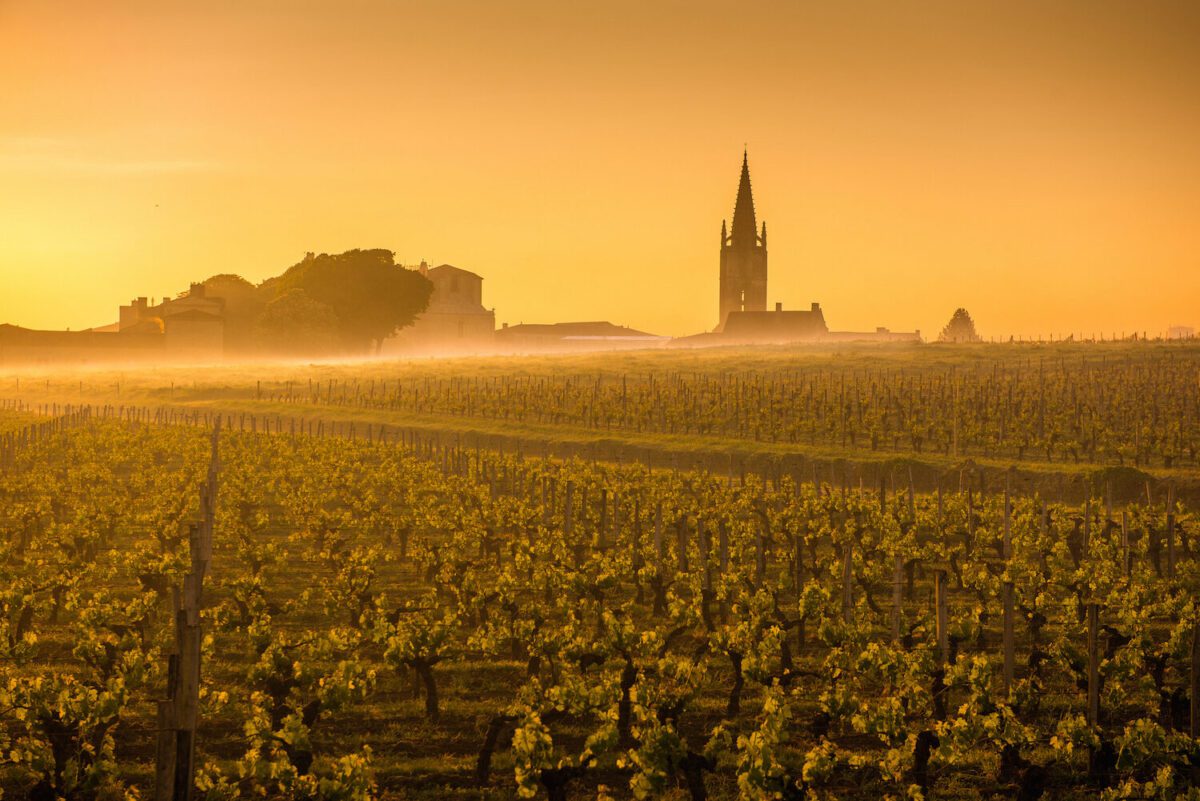I’ve been thinking about life, death and counter-intuitive solutions. We need death to make way for new life. We can use health to beat the ‘health’ lobby. And beware of the authenticity death-trap.
These musings started with lunch at the bank. A mixed group of South Australian-based clients of the bank, which included different regions and businesses.
All impacted in different ways by the current market for wine, but all impacted.
Led by a couple of the older heads who’d seen a lot, the discussion moved into a reflection of the need to make hard calls and embrace change.
Kill the vineyards that need to be pulled out. Change varieties. Change crops.
Don’t put off the hard calls because delaying them usually makes the situation worse.
The moment the hard call gets made is when the room opens up for new ideas, new ventures, new opportunities.
I think instinct has to play a role.
Our gut feelings, though, are fed by what we’ve seen and experienced over decades.
One of the bankers started working with wine industry clients in the 1980s. At the time, we had a surplus of red grapes and there was a vine pull scheme to reduce the plantings of Shiraz and Grenache. Now, some 40 years later, he is seeing the cycle come around again.
Assuming it’s a cycle and not a spiral.
One surprising thing I learned is that a Riverland grower can make money selling grapes at the prices currently being offered.
That’s provided they are smart farmers and good grape sellers. It relies on their relationships with buyers. Being a grapegrower that buyers want to work with, because they are trustworthy and easy to do business with, is crucial.
Those are the things that help them sell the Shiraz in a bear market along with the grapes that have more demand.
Another of the older heads at the lunch credited the survival and success of their family business to them continually adjusting to the realities of the market and accepting how different the business needed to be to what it was two decades ago, and what it will be two decades ahead.
It may seem counter-intuitive… success at selling wine for them has often involved pulling out vineyards and starting again.
Selling wine and pulling out vineyards are also live topics in Bordeaux at the moment.
A recent article the Revue des Vins de France investigated was how Bordeaux has lost its way, with the annual en primeur campaigns struggling for relevance. Prices have fallen by around 50 percent for many chateaux over the last two campaigns, and even with those reductions, many wines are still not selling.
One of the culprits the authors identified is the trap of authenticity, which goes like this:
We make long-living wines that repay cellaring. That’s our strength. So those people who don’t want that, they’re not our people. Or if we translate that into Australian, it might be, we make rich, ripe, intense Shiraz. If people don’t want that, they’re not our people.
Authenticity is a superpower for us in the wine business.
Few drinks makers can take people for a walk in the vineyard and show them the vines. But in the case of Bordeaux, authenticity has been used as an excuse for not connecting with new consumers in ways that are relevant to them.
There are usually, if not always, ways of adjusting the messaging to stay relevant while still staying true to our identities.
Authenticity as a death-trap is something that I’d never contemplated before.
It’s not the only counter-intuitive instinct that is worth embracing.
The wellness trend is another.
Many people see wellness as a threat to wine, but I don’t think it needs to be.
I think as wine producers we can make wellness part of our identity, promoting wine in moderation as part of a healthy lifestyle.
As a lot of research has shown, wine has positive as well as potentially negative impacts on health, and moderate consumption has more positive than negative impact.
We have an opportunity to lead the narrative about wellness and wine being complementary to that, rather than be on the back foot dodging short balls from the neo-prohibitionists.
One message from the Australian Wine Industry Technical Conference that I heard was fascinating: that the anti-alcohol lobby is attacking red wine (an example being the advertisements on trams in Adelaide) because they believe that because red wine has the most positive health associations, if they could stigmatise it, then the other alcoholic drinks would fall like dominos.
It needs to be countered with positive messages that embrace the wider wellness trend.
Denying that excessive alcohol consumption causes massive harm is of course not the answer either.
Highlighting that fact and promoting moderation is both the right thing to do as well as being the smart option for our sector.
The reduction in drink-driving is one of the great success stories of Australian public policy of the last 40 years.
If we can play our part to reduce binge drinking, that would be another major success that has real tangible public benefits.
David LeMire MW is joint CEO of Shaw + Smith and co-owner of MADD Vineyard. He writes a regular colulmn for WBM – Australia’s Wine Business Magazine and this article was first published in the July-August edition.
